
views
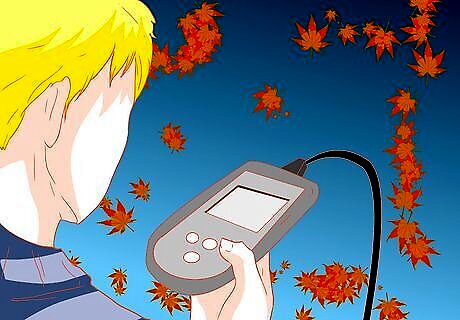
Determine the depth the crappie are using. You can do this by looking at your depth finder as you zig-zag slowly along. Crappie hang out in schools and will appear as Christmas Tree shapes or lots of streaks.
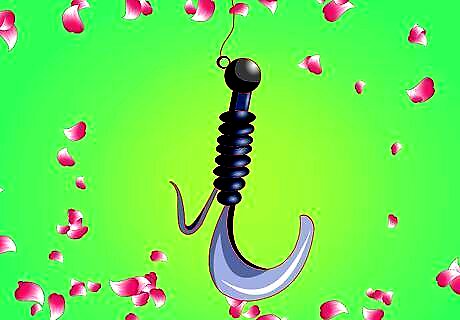
Jigs and grubs are ideal for trolling. They are cheap and easy to rig up, and the tails make good swimming movements in the water. Start by tying two 1/16-ounce jigs to your line, about eighteen inches apart.

Most people like to use a different color grub on each jig, and experiment until they discover what the crappie like best that day. Good colors to start with include chartreuse, green, black/green/blue, and yellow.
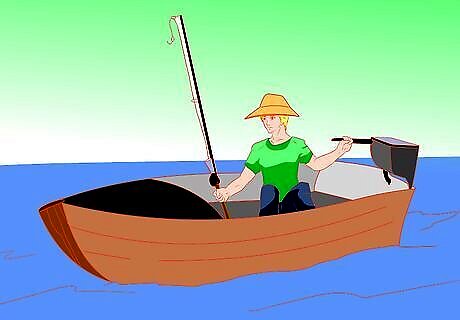
Get the boat moving at about .8 to 1.0 mph (1.3 to 1.6 km/h).
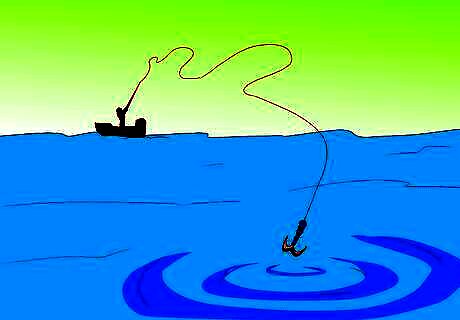
Cast your jig and grub set-up out and let out about 35 feet (10.7 m) of line, then close the bail.
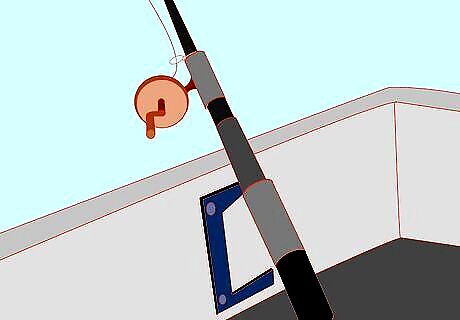
Put the rod in a rod holder or at least set it down and secure it so it can't be pulled out of the boat.
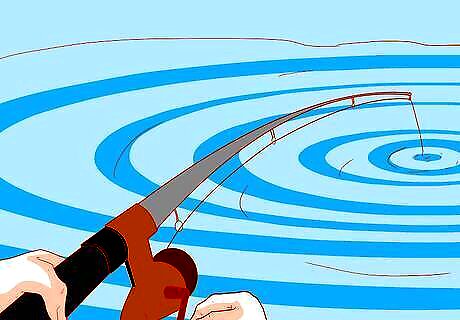
Watch the rod. If the tip starts to twitch hard or the rod bends, pick up the rod and start reeling.
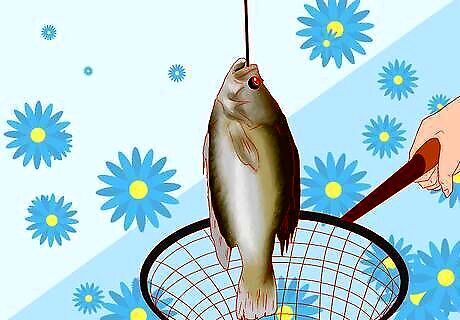
Crappie aren't called "paper mouths" for nothing. Don't horse the fish and use a net if it's a big one.

If you aren't catching fish, you are probably fishing too deep. Crappie feed up, so it's better to be too shallow than too deep.
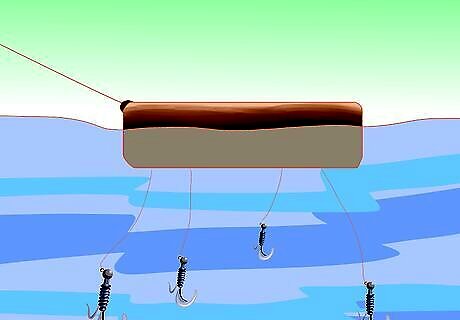
In-line planer boards like Offshore Tackle's OR-34 Mini Board can be a great way to target open water Crappie. They attach directly to the line and can be used with any style rod. The are basically "directional bobbers" which can be used with any rod type. They are especially good when you need to cover a lot of water and when fish are spooky and shy away from the boat.














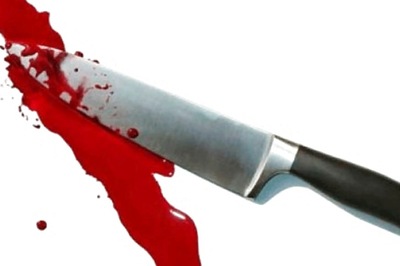
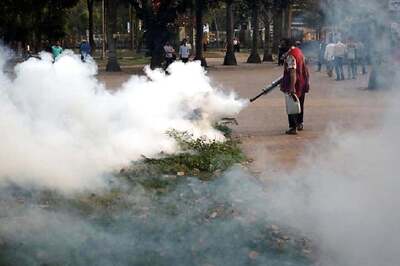
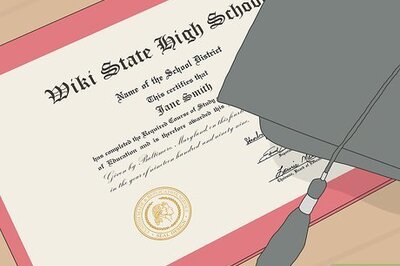


Comments
0 comment